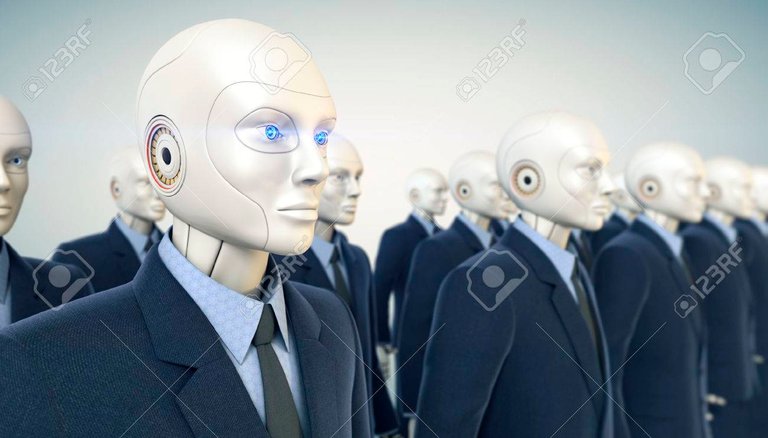What does the future hold for robotics? It's hard to say, given the rapid pace of change in the field as well as in associated areas such as machine learning and artificial intelligence. But one thing seems certain: Robots will play an increasingly important role in business and life in general.
Research firm International Data Corp's (IDC) Manufacturing Insights Worldwide Commercial Robotics program recently unveiled its top 10 predictions for worldwide robotics for 2017 and beyond. The list has some interesting forecasts, and if they come true, they will likely have a significant impact on business and society..jpeg)
Technological development in artificial intelligence, computer vision, navigation, MEMS sensor, and semiconductor technologies continue to drive innovation in the capability, performance, autonomy, ease of use, and cost-effectiveness of industrial and service robots," said Jing Bing Zhang, research director of worldwide robotics at IDC Asia/Pacific.
Robotics will continue to accelerate innovation, thus disrupting and changing the paradigm of business operations in many industries," Zhang said. IDC encourages companies to "embrace and assess how robotics can sharpen their company's competitive edge by improving quality, increasing operational productivity and agility, and enhancing experiences of all stakeholders," he said.
Zhang shared top predictions and major robotics trends that are set to present opportunities and challenges to organizations in 2017 and beyond:
Growth of "robot as a service." By 2019, 30 percent of commercial service robotic applications will be in the form of a robot-as-a-service (RaaS) business model. This will help cut costs for robot deployment.
Emergence of the chief robotics officer. By 2019, 30 percent of leading organizations will implement a chief robotics officer role and/or define a robotics-specific function within the business.
An evolving competitive landscape. By 2020, organizations will have a greater choice of vendors as new players enter the $80-billion information and communications technology market to support robotics deployment.
The coming robotics talent crunch. By 2020, robotics growth will accelerate the talent race, leaving 35 percent of robotics-related jobs vacant, while the average salary increases by at least 60 percent.
Robotics will face regulation. By 2019, government entities will begin implementing robotics-specific regulations to preserve jobs and to address concerns about security, safety, and privacy.
Rise of the software-defined robots. By 2020, 60 percent of robots will depend on cloud-based software to define new skills, cognitive capabilities, and application programs, leading to the formation of a robotics cloud marketplace.
More collaborative robots. By 2018, 30 percent of all new robotic deployments will be smart collaborative robots that operate three times faster than today's robots and are safe for work around humans.
Arrival of the Intelligent RoboNet. By 2020, 40 percent of commercial robots will become connected to a mesh of shared intelligence, resulting in 200 percent improvement in overall robotic operational efficiency.
Growth in robots outside the factory. By 2019, 35 percent of leading organizations in logistics, health, utilities, and resources will explore the use of robots to automate operations.
Robotics for Ecommerce. By 2018, 45 percent of the 200 leading global ecommerce and omni-channel commerce companies will deploy robotics systems in their order fulfillment warehousing and delivery operations.
Hi! I am a robot. I just upvoted you! I found similar content that readers might be interested in:
https://www.zdnet.com/article/the-future-of-robotics/
Thanks for liking because i am alo
A Robot